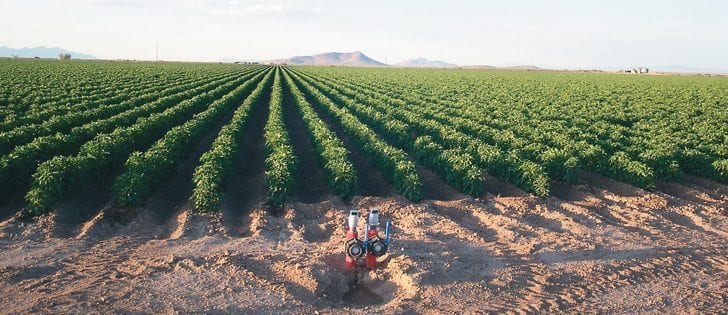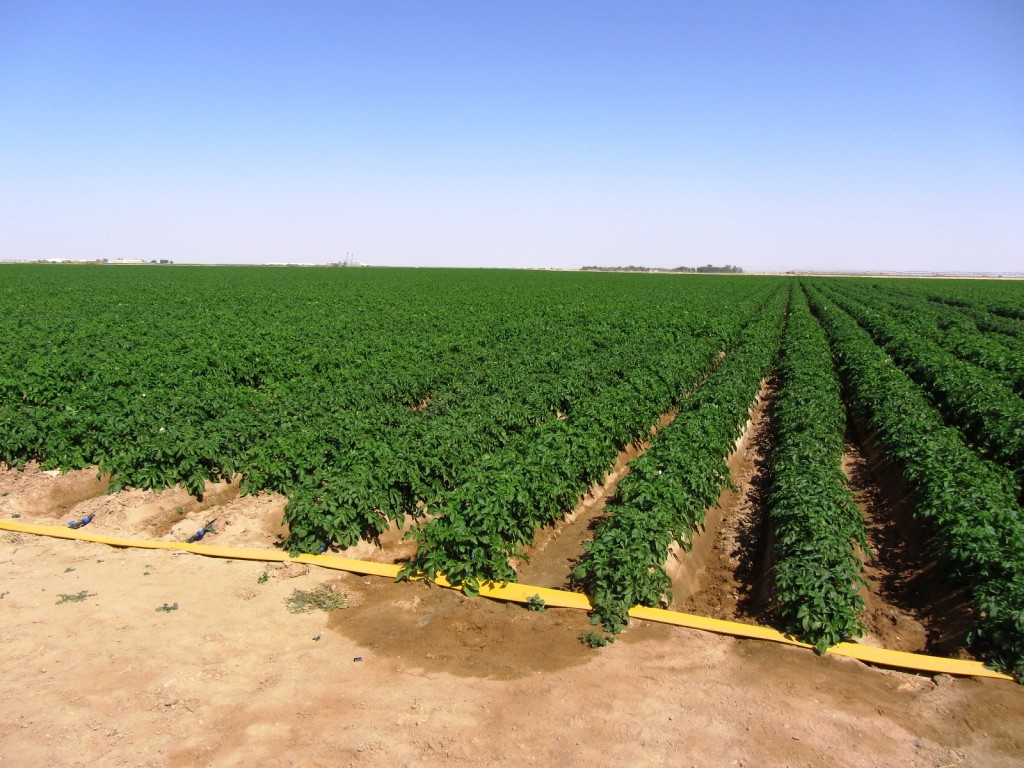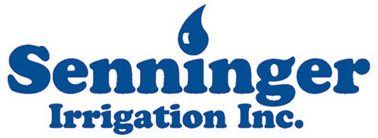Is overhead irrigation a system of the past? We certainly don’t think so!
Drip irrigation systems may be highly efficient in water use, but new overhead sprinklers are almost as water and energy efficient.
Most people have strong opinions about drip and overhead irrigation systems. Ask a group of growers about it and you will probably hear widely different opinions. Some say that sprinklers could never be as efficient as drip. Other say that drip is incredibly expensive or that it is only good for some fields and crops. In reality, both overhead and drip are extremely efficient irrigation systems. Choosing one over the other boils down to priorities and farm management practices.

In recent years, drip irrigation systems have gotten a strong fan base due to their low flow rates and ability to save water. Strong advocates like the Maine Organic Farmers and Gardeners Association’s claim that a correctly installed drip system can use 50 to 80% less water compared to sprinklers. This makes it a very attractive option for growers in water-restricted locations or for growers who simply want to go green. To its benefit, drip irrigation does indeed save water and energy. Still, growers looking for versatility, lower overhead costs and high yields large enough to feed a growing population may be better off sticking with overhead irrigation.
Advantages overhead irrigation
- Visible confirmation of system uniformity
- Larger area of coverage
- Long product life (often over 10 years)
- Used for germination, fertigation, chemigation and frost control
- Short irrigation intervals
- Lower maintenance costs
Disadvantages overhead irrigation
- Higher potential for evaporation and wind drift issues compared to drip
- Waters both crops and weeds
- Cannot be used on crops susceptible to foliar diseases
- Higher potential for runoff and erosion compared to drip
Irrigation efficiency is about more than just pumping the smallest possible amount of water. A system’s efficiency is determined by its performance and distribution uniformity, along with the crop’s response to irrigation.
Efficiency is the reason many growers have become big fans of drip. Drip systems irrigate with flow rates around 0.5 to 2 gallons per hour and normally operate at pressures ranging from 10 to 30 psi. Drip puts water directly over or near the roots, so well-designed systems can boast distribution uniformity of 90 to 95 percent. However, sprinkler systems can be almost as water and energy-efficient as drip systems.
Most fruit and vegetable growers are familiar with impact sprinklers. Compared to drip systems, these sprinklers normally require higher flows and pressures to operate, and wind easily affects their spray patterns. They also offer less uniformity. This makes drip an obvious choice for anyone looking to save on water and energy costs.
In reality, sprinkler systems use anywhere from 0.5 to 20 gallons of water per minute. Moreover, they only need 10 to 30 psi to operate, depending on the model selected. Well-designed systems with models made for wind and evaporation resistance can also irrigate with 90 to 95 percent uniformity.

A side-by-side comparison of water use, energy use and distribution uniformity for drip and overhead irrigation would reveal that both systems are very efficient. Drip narrowly beats overhead systems in water savings when you take into consideration the amount of time each system has to operate. That slight increase in water savings makes the switch to drip seem logical enough. However, a closer analysis shows that despite the benefits of drip irrigation, these systems often come with hefty equipment costs and limited applications.
As R.L. Tinsley, Inma Irrigation Water Management, & Soil Reclamation Specialist, puts it: “Drip is perhaps the most heavily promoted form of irrigation, particularly by those who do not have to pay for it, operate it, or maintain it.”

